In this article I’ll be comparing the Sony FE 70-200mm F4 G Mark II (SEL70200G2) with its predecessor the Sony FE 70-200mm F4 G Mark I (SEL70200G).
This is more of a real-world actual use comparison rather than looking at test charts. There are plenty of other reviews out there if you are more interested in characteristics like distortion, vignetting and aberrations.
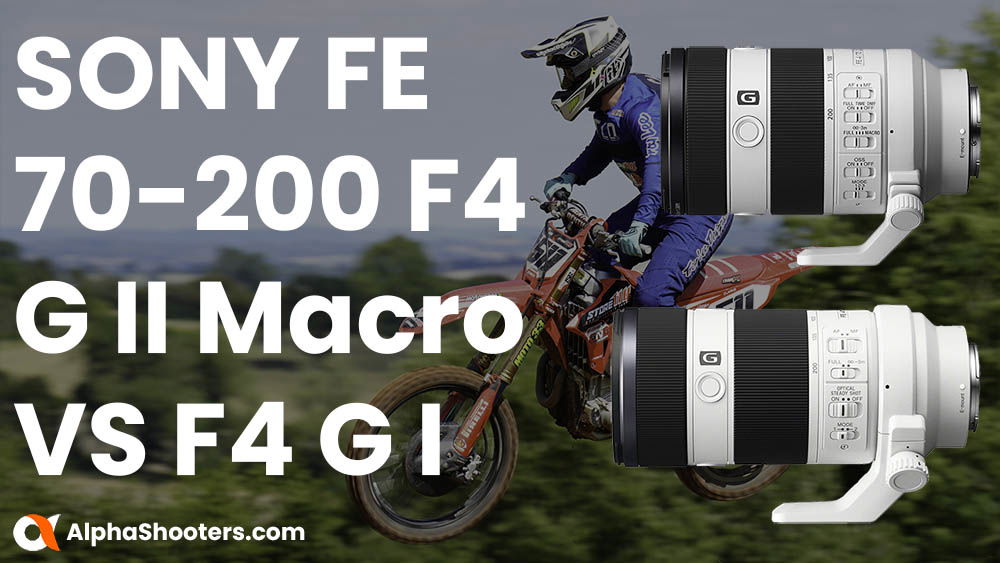
Table of Contents[Hide][Show]
Summary
The Sony FE 70-200mm F4 G OSS Mark I lens was the first G Series lens announced back in 2013 with sales starting in 2014. Almost a decade later in July 2023 its successor the Mark II was announced.
The G II Macro is an external zooming lens whilst the Mark I is an internal zoom lens, so it does not extend as you zoom in. The newer Mark II also supports Sony’s 1.4x and 2x teleconverters which are not supported by the Mark I.
The Mark II will cost you $1,998.00 / £1,649.00 versus $1,198.00 / £1,095.00 for the Mark I, making the Mark II $800 more expensive. However, the Mark I has since been discontinued so you’ll only be able to purchase one on the second-hand market.
So is the Mark II worth $800 more? Hopefully by the end of this article you should have your answer.
Key Specs
First just a quick comparison of the key specifications of these two telephoto zoom lenses.
| 70-200 F4 G II Macro | 70-200 F4 G (Mark I) | |
|---|---|---|
| Lens Mount: | Sony E-Mount | Sony E-Mount |
| Format: | 35mm full frame | 35mm full frame |
| Focal Length (mm): | 70-200 | 70-200 |
| Focus Motors: | Four high-thrust XD Linear Motors | Dual Linear Motors |
| Lens Groups / Elements: | 13/19 | 15/21 |
| Maximum Aperture: | F4 | F4 |
| Minimum Aperture: | F22 | F22 |
| Aperture Blades: | 9 circular | 9 circular |
| Minimum Focus Distance: | 0.26-0.42 m (0.86-1.38 ft) | 1-1.5 m (3.28-4.93 ft) |
| Magnification: | 0.5x | 0.13x |
| Filter Diameter (mm): | 72 | 72 |
| Image Stabilization (OSS): | Yes (3 modes) | Yes (2 modes) |
| Zoom System: | External | Internal |
| Teleconverter Support: | 1.4x & 2x | No |
| Diameter (mm): | 82.2 mm / 3.23 in. | 80 mm / 3.15 in. |
| Length (mm): | Retracted: 149.0 mm / 5.86 in. Extended: 205mm / 8.07 in. | 175 mm / 6.89 in. |
| Weight: | 794 g / 28.1 oz. (Without tripod mount) | 840g (29.7oz.) (Without tripod mount) |
| Price (MRRP): | $1,998.00 / £1,649.00 | $1,198.00 / £1,095.00 |
| Check Price: | B&H Photo | Amazon | B&H Photo | Amazon |
Bodies & Handling
Both lenses sport Sony’s G branding which puts them just behind Sony’s flagship G Master (GM) lenses.
Despite not carrying the GM label they are both very well-built lenses designed to be both dust and moisture resistant for reliable shooting in a variety of conditions.
Although they share the same colored body, focal length and maximum aperture, these lenses are quite different from one another due to the internal zoom design of the Mark I vs the external zoom design of the Mark II.
Size & Weight
The Sony FE 70-200 F4 G II measures 82.2 mm (3.23 in.) in diameter and 149.0 mm (5.86 in.) when retracted at 70mm and without the lens hood attached.
Zoom out to 200mm and the lens now measures around 205mm (8.07 in.) in length without the lens hood attached.
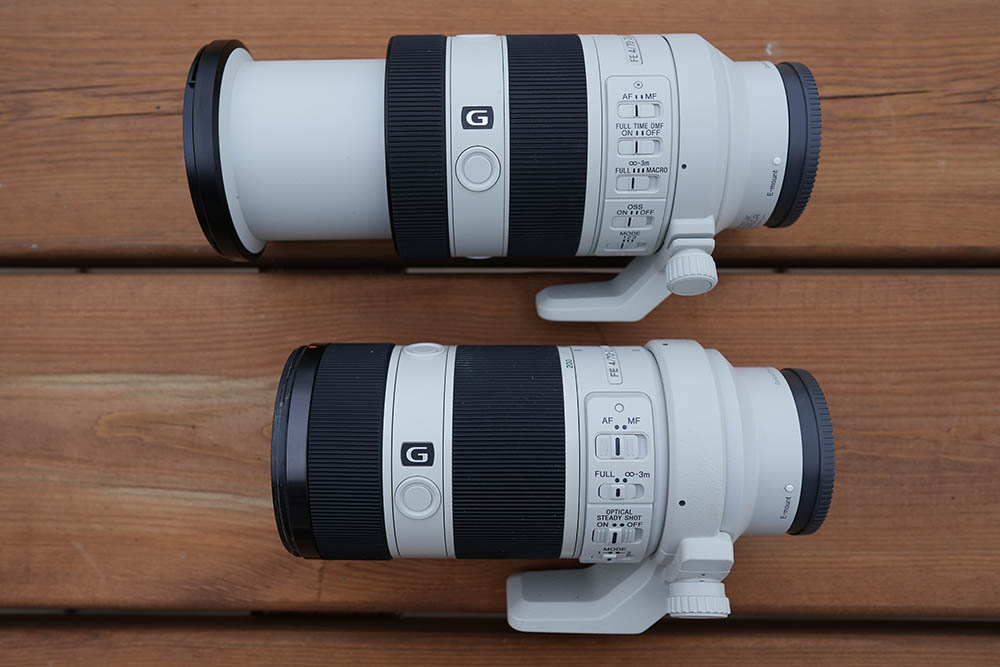
The Sony 70-200 F4 G measures 80 mm (3.15 in.) in diameter and 175 mm (6.89 in.) in length without the lens hood attached. So, it’s around 20mm shorter in length then the F4 G II at 200mm but around 26mm longer at 70mm.
Without the tripod collar attached the F4 G II is around 46 g lighter than the F4 G. With the collar attached the difference increases to 84 g. So, Sony has shaved quite a bit of weight off the collar of the F4 G II which is quite noticeable in the photo above.
| Lens | Weight |
|---|---|
| 70-200 F4 G II | 794 g / 28.1 oz. (Without tripod mount) 861 g / 30.37 oz. (With tripod mount) |
| 70-200 F4 G | 840 g / 29.7 oz. (Without tripod mount) 945 g / 33.33 oz. (With tripod mount) |
Both front lens elements feature a fluorine coating that helps to repel fingerprints, dust, water, oil, and other contaminants. They also share the same sized 72mm front filter thread.
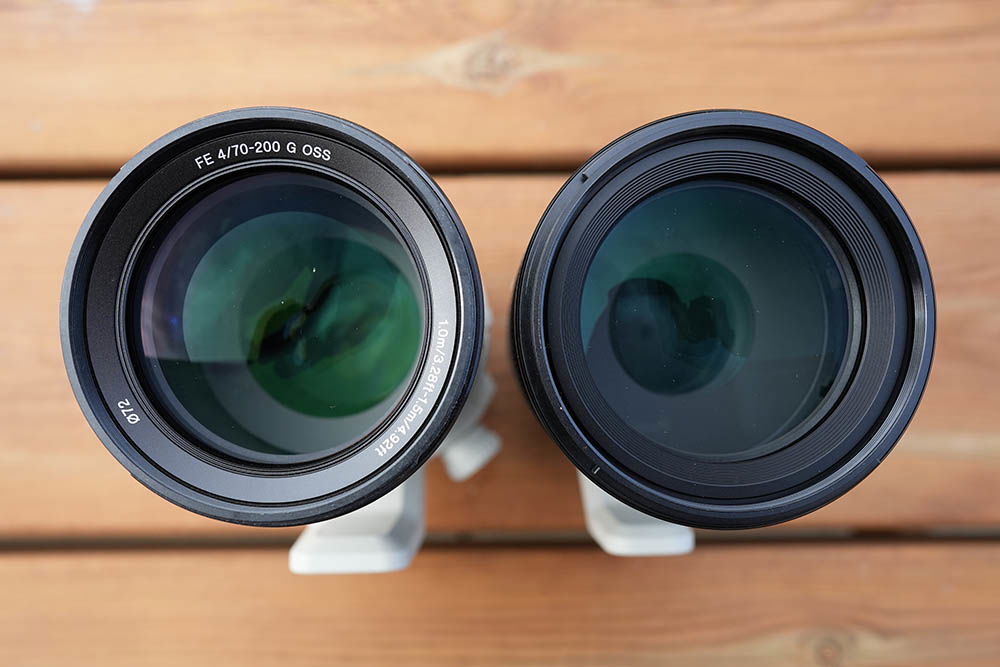
Controls
Both lenses share very similar controls, but the F4 G II includes some additional and very useful controls that you won’t find on the F4 G.
On the F4 G II you’ll find the following controls:
- Zoom / focus rings
- Zoom lock switch (only lockable in the retracted position at 70mm)
- AF / MF switch
- Focus limiter switch with three settings (Full / Infinity to 3m / Macro)
- Optical Steady Shot On / Off
- OSS Mode Switch with 3 modes (Mode 1 stabilizes both horizontal and vertical axis. Mode 2 stabilizes the vertical axis only so is ideal for panning shots. Mode 3 is for unpredictable motion)
- Full Time DMF switch On / Off (allows you to jump into manual focus by turning the focus ring)
- 3 customizable focus hold buttons
- Lens collar adjustable tension knob
The zoom lock switch seen in the below image in only lockable in the retracted position at 70mm.
On the F4 G you’ll find the following controls:
- Zoom / focus rings
- AF / MF switch
- Focus limiter switch with two settings (Full / Infinity to 3m)
- Optical Steady Shot On / Off
- OSS Mode Switch with 2 modes (Mode 1 stabilizes both horizontal and vertical axis. Mode 2 stabilizes the vertical axis only so is ideal for panning shots.)
- 3 customizable focus hold buttons
- Lens collar adjustable tension knob
Lens Hoods
Both lenses include a bayonet-mount style lens hood, but they are not identical.
The F4 G II uses the ALC-SH176 (B&H Photo) petal shaped hood, and the Mark I uses the ALC-SH133 (B&H Photo) cylindrical shaped hood.
The hood of the Mark I features a silicone rubber ring on the front edge that allows the lens to be stood on its hood without damage, unless it topples over! This is not possible with the petal style hood of the F4 G II unless you do want to damage it.
To help to prevent unwanted light from entering the lens and causing lens flare or reducing contrast in images, the Mark I has a flocked dark fabric interior whereas the F4 G II is dark matt plastic.
Tripod Mount & Collar
Both lenses feature a tripod mount and rotating collar that is loosened and tightened via an adjustable tension knob.
Both lens feet have just one 1/4″-20 threaded hole, and the Mark II also has an additional non-threaded hole. Although the feet are not removable from the collar the rotating collar together with the feet can be completely removed from each lens by loosening the tension knobs and then pulling them outwards to release the collars.
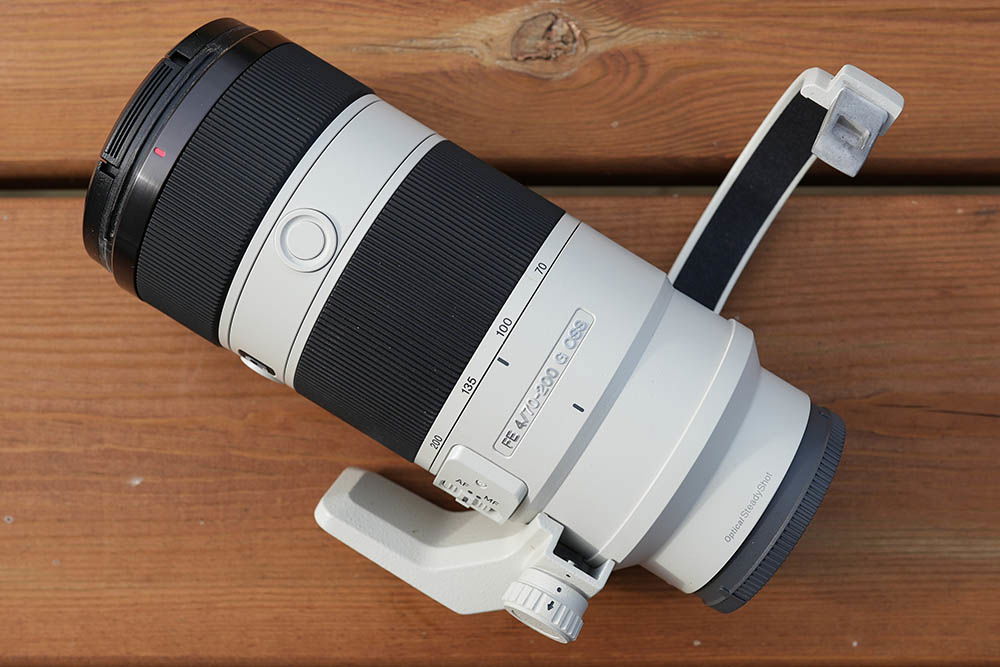
Both collars feature markings to help with alignment when rotating but there are no helpful detents (click-stops) like you’ll find on some other lenses.
There are also no dovetails on the feet to allow you to mount either lens directly to an Arca-Swiss compatible tripod or gimbal head, so you’ll need to add an additional plate.
Teleconverters
Only the F4 G II supports the use of the Sony 1.4x SEL14TC (B&H Photo) and 2x SEL20TC (B&H Photo) teleconverters. They will not work with or even physically fit the Mark I.

The 1.4x extends the maximum focal length of the Mark II to 280mm but you will sacrifice one stop of light, and the maximum aperture is reduced to F5.6. It also increases the magnification to 0.7x at all focal lengths without sacrificing the minimum focussing distance.
The 2x extends the maximum focal length to 400mm but you sacrifice two stops of light, and the maximum aperture is reduced to F8. It also increases the magnification to 1:1 macro at all focal lengths without sacrificing the minimum focussing distance.
Handling
When it comes to handling both lenses feel great in the hand and their small light-weight bodies makes them a joy to use for longer periods.
Although the Mark II is a little lighter in weight, I certainly couldn’t notice the difference when holding them in each hand.
The external zoom design of the 70-200 F4 G II means you will feel the resistance and weight of the elements when zooming but this remains smooth throughout the zoom range.
The F4 G II can be locked at 70mm, but you can’t lock it at any other focal length. There is no lens creep when pointing the lens skywards but with enough movement like that involved with shooting birds in-flight the lens does creep a few mm.
The internal zoom design of the 70-200 F4 G is much nicer to use and there are no concerns with lens creep.
If you are constantly changing the focal length, then you will probably prefer the internal zoom of the F4 G Mark I over the external zoom of the F4 G II.
When focusing manually each lens responds directly and linearly to subtle turns of their focus rings which have enough resistance to prevent accidental focus shifts.
Image Stabilization (OSS)
Both the Mark I and Mark II lenses provide 5-axis of image stabilization when used with an alpha series body that feature built-in image stabilization such as the Sony A6700, A7III, A7IV etc.
However, the 70-200 F4 G I lens has only 2 modes of stabilization whereas the G II lens has 3 modes.
Mode 1 stabilizes both horizontal and vertical axis, mode 2 stabilizes the vertical axis only so is ideal for panning shots, and Mode 3 is for unpredictable motion.
With OSS turned on I was able to take the shutter speed down to 1/40 sec on both lenses and still achieve acceptably sharp images when shooting a static subject handheld. To achieve the same level of sharpness with OSS turned off I needed to increase the shutter speed to 1/200 sec.
So other than the 3rd OSS mode option on the Mark II, stabilization remains very similar between these two lenses.
Autofocus & Tracking
The 70-200 F4 G II Macro features four of Sony’s newest high-thrust XD Linear Motors that work in conjunction with precision floating focus groups to achieve extremely fast and accurate focus drive.
According to Sony the autofocus speed of the 70-200 F4 G II has been increased by 20% compared to the Mark I lens which uses the older Dual Linear Motors.
The 70-200 F4 G II Macro features Sony’s Linear Response MF feature to help ensure responsive, direct manual focus control. The 70-200 F4 G is non-linear, although this will most likely only be a concern for video shooters wishing to focus manually.
In the field the Mark II lens shows just how well the Four high-thrust XD Linear Motors work by focusing very quickly on your subject no matter what they may be. Tracking subjects is also a breeze and it rarely loses focus.
The Mark I lens certainly doesn’t struggle when it comes to the initial focus lock but it’s not as snappy as the Mark II. It also drops a few more shots whilst tracking but generally will still deliver the goods providing you don’t expect a 100 percent keeper rate.
Sharpness
I did say at the start of this article that we won’t be looking at test charts. I did however shoot a couple of images at 200mm to examine the central sharpness a little closer. I’m afraid I couldn’t bring myself to shoot other focal lengths or look at the corners that don’t interest me so much as mainly a sports and wildlife photographer.
Sharpness at 200mm / F4
Frank would look beautiful even if I shot him with a Nikon but I might be slightly bias. Unfortunately, he refused to strike an identical pose for each lens.
Sharpness at 200mm / F5.6
The 70-200 F4 G II Macro lens is to my eyes the sharper lens when shooting wide open at f/4. Dropping down to f/5.6 and the difference isn’t quite so stark.
Sharpness with 1.4x & 2x Teleconverters
Only the G II Macro lens supports Sony’s 1.4x and 2x teleconverters, they will not work or physically fit the G I lens I’m afraid.
With the 1.4x you lose one stop of light which drops you down to f/5.6. With the 2x you lose two stops which drops you to f/8.
1.4x Teleconverter (SEL14TC)
2x Teleconverter (SEL20TC)
With the 1.4x teleconverter images only show a small amount of softness versus shooting without. With the 2x the softness is more apparent, more so when shooting fast subjects.
Magnification & Minimum Focus Distance
The Sony 70-200 F4 G II Macro features a minimum focusing distance of just 0.26 m at the wide end and 0.42 m at the telephoto end of the zoom range with a maximum magnification of 0.5x. This enables you to get up close and personal with your subjects.
70-200 F4 G II – 200mm
70-200 F4 G – 200mm
The Sony 70-200 F4 G features a minimum focusing distance of 1m at the wide end and 1.5 m at the telephoto end of the zoom range with a maximum magnification of 0.13x.
Needless to say, you can’t get anywhere near as close to your subjects as you can with the G II Macro lens.
70-200 F4 G II – 70mm
70-200 F4 G – 70mm
I think this clearly shows that the 70-200 F4 G II Macro is deserving of the Macro in its name. Here are a few additional close-up shots taken with the 70-200 F4 G II Macro lens.
Sample Images
Here are some additional sample images shot at my local motocross track. They have only been cropped to my liking, no further post processing has been applied.
Sony FE 70-200mm F4 Macro G OSS Ⅱ
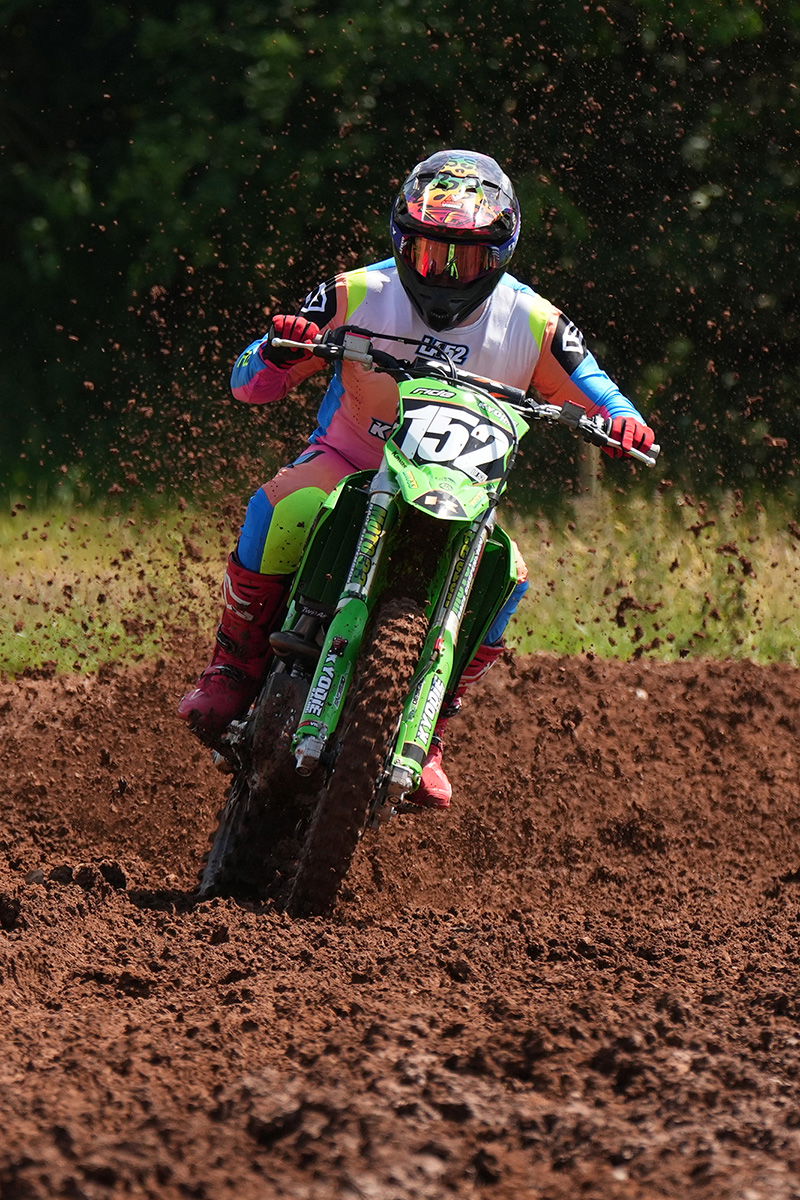
Sony FE 70-200mm F4 G OSS
Conclusion
Sony have thrown everything at the FE 70-200 F4 G II Macro lens and more, it really is an excellent update to an already very good lens.
Like myself you may have preferred to keep the internal zooming design from the Mark I, but the improvements in sharpness, focus speed, macro capabilities and teleconverter support more than make up for this.
The compact form of the G II also helps to improve the packability when it comes to travelling. Since purchasing this lens, it has become my first choice to pair with my A6700 for family holidays and days out.
The reduced minimum focusing distance and increased magnification have also turned the Mark II lens into an excellent Macro lens. If you enjoy shooting close-up images, then you’ll certainly appreciate this upgrade.
The option to add both the 1.4x and 2x teleconverters whilst still maintaining the minimum focusing distance and reasonable sharpness are also a welcome addition if you already own the teleconverters.
The newer high-thrust XD Linear Motors do help to improve the AF performance of the Mark II but it’s not night and day and the Mark I will most likely be fast enough for most people shooting casually.
The Mark II will cost you $1,998.00 / £1,649.00 versus $1,198.00 / £1,095.00 for the Mark I, making the Mark II $800 more expensive. I think the difference was only $600 until Trumps tariffs added another $200 to the cost of the Mark II for Americans. However, the Mark I has since been discontinued so you’ll only be able to purchase one on the second-hand market.
Ultimately whichever lens you pick you are unlikely to be disappointed. I’ve owned the Mark I for around 8 years, and it has never disappointed me.
If you don’t require the macro capabilities, teleconverter support or smaller body of the Mark II, then you’ll most likely be very happy with the Mark I if you can find a good second-hand one.
If you have owned both lenses it would be great to hear your own thoughts on them in the comments below.
Finally, if you are not already a member of our community forums it would be great if you would consider joining. We’re a pretty friendly bunch!

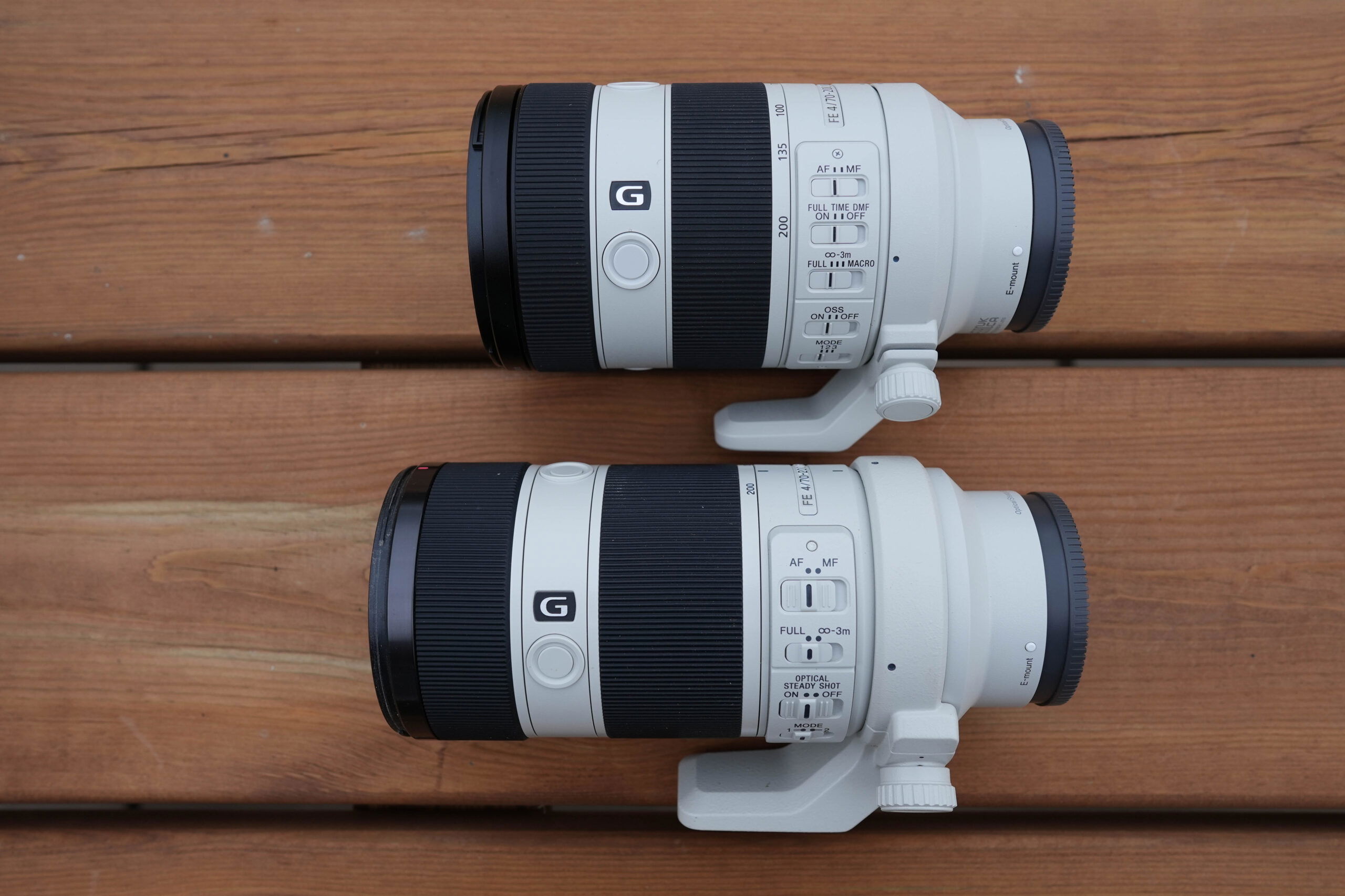
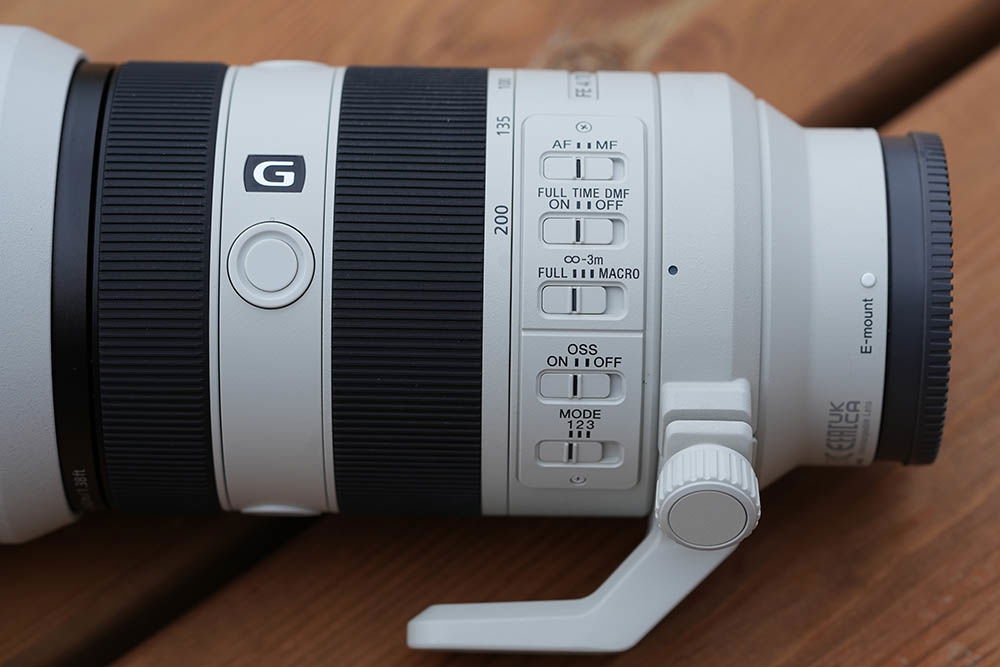
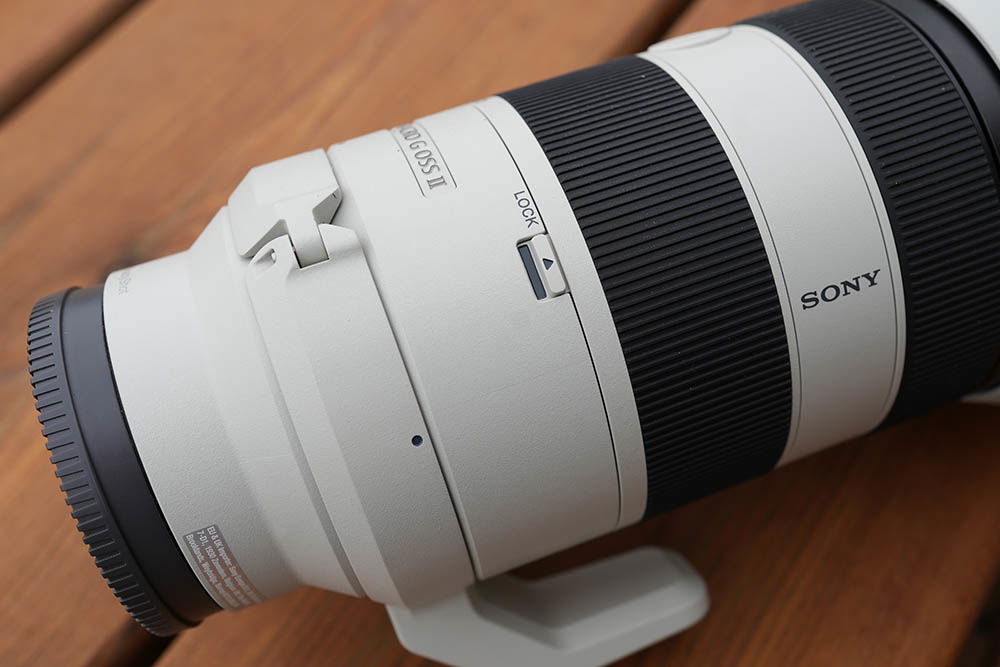
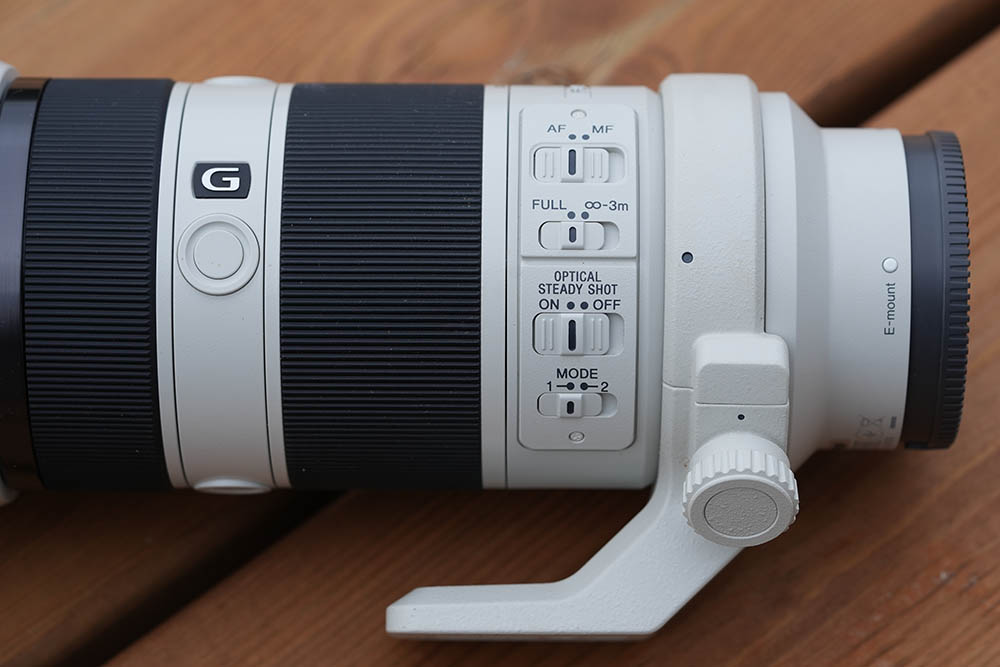
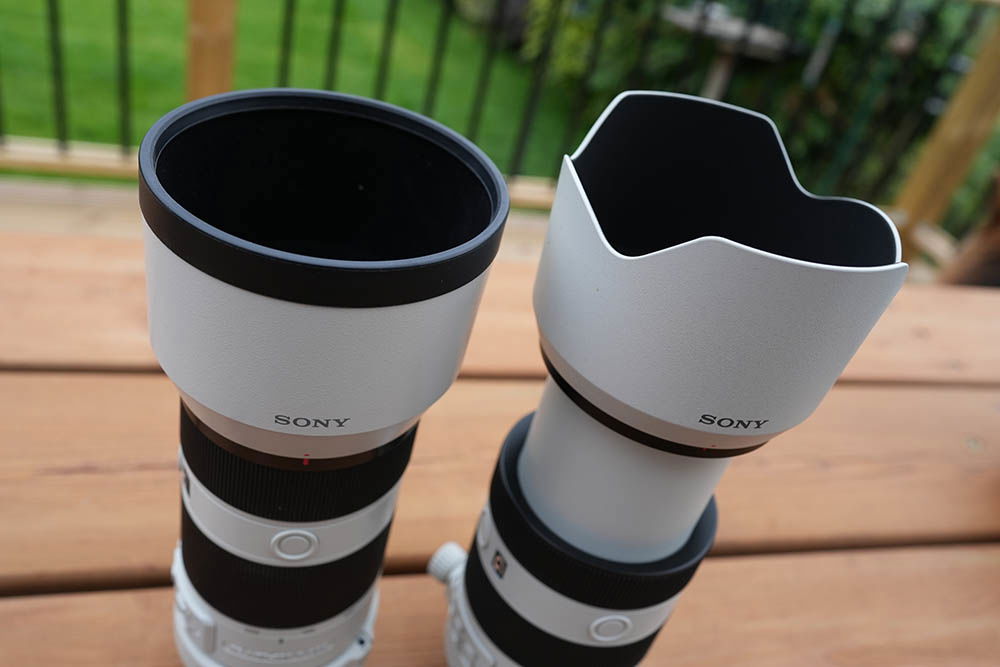
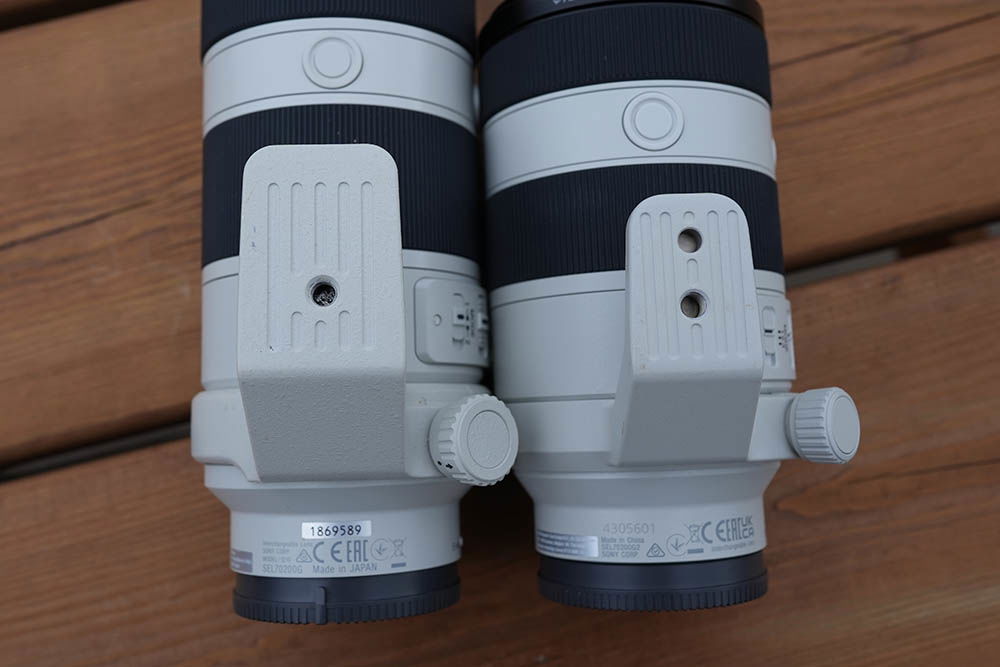
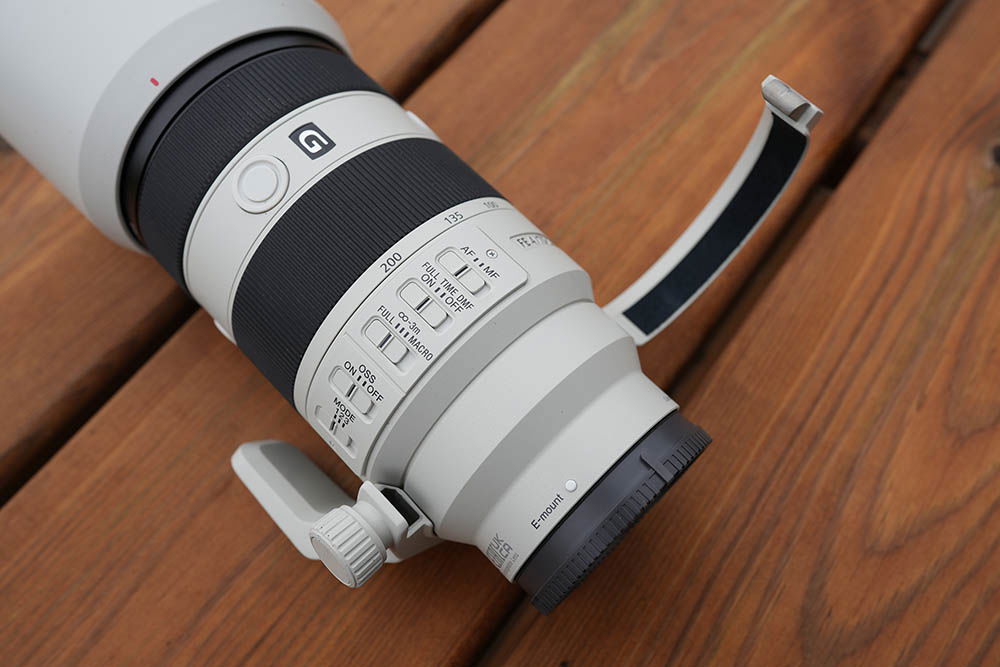

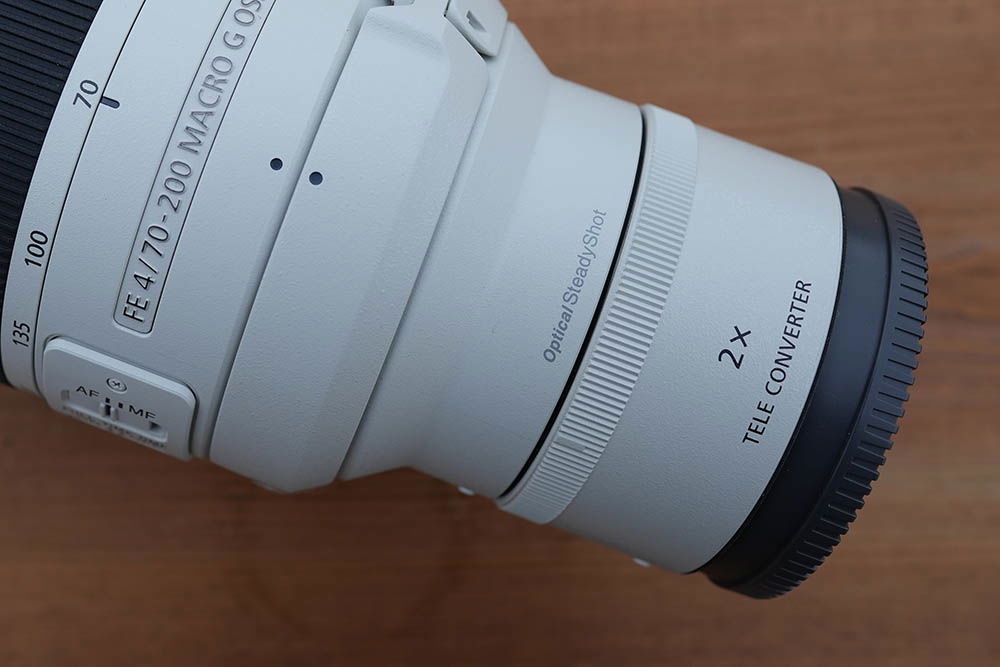
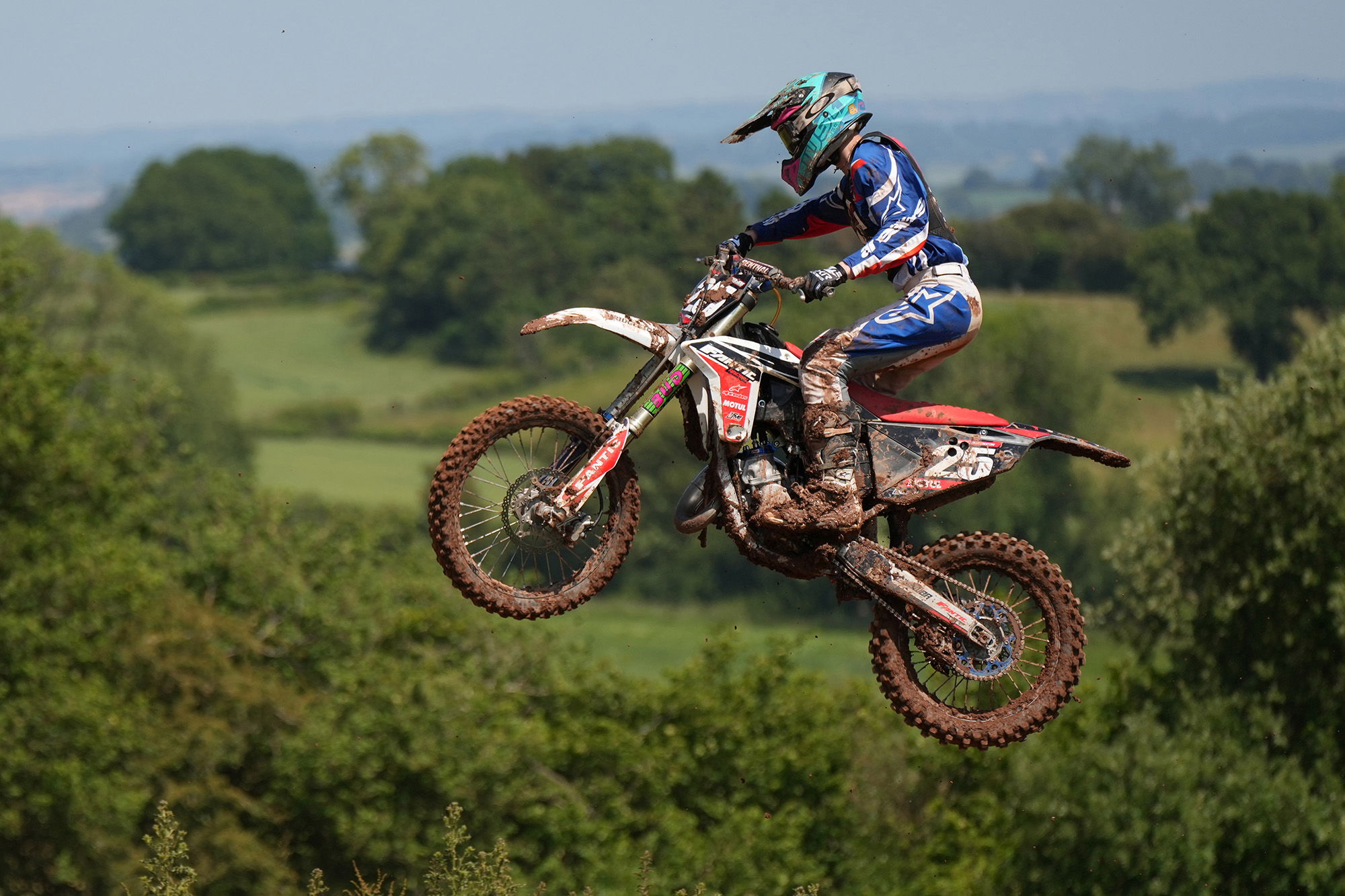
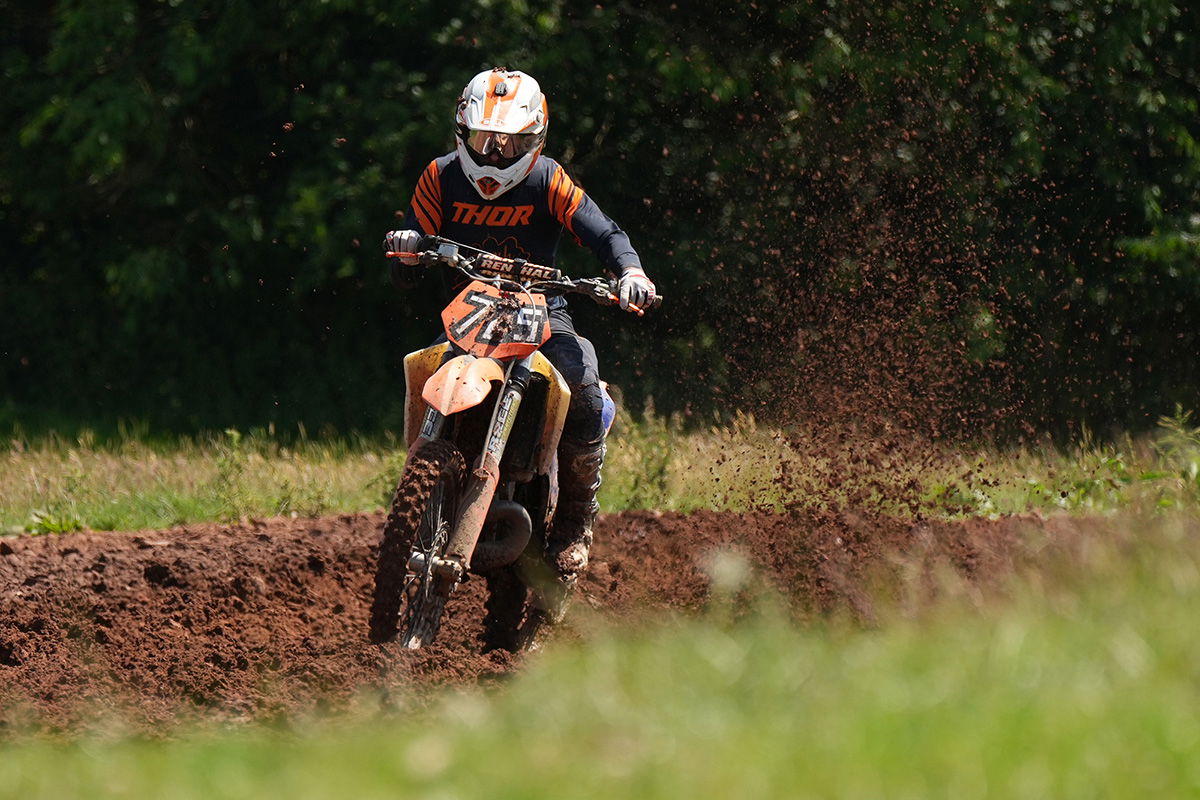
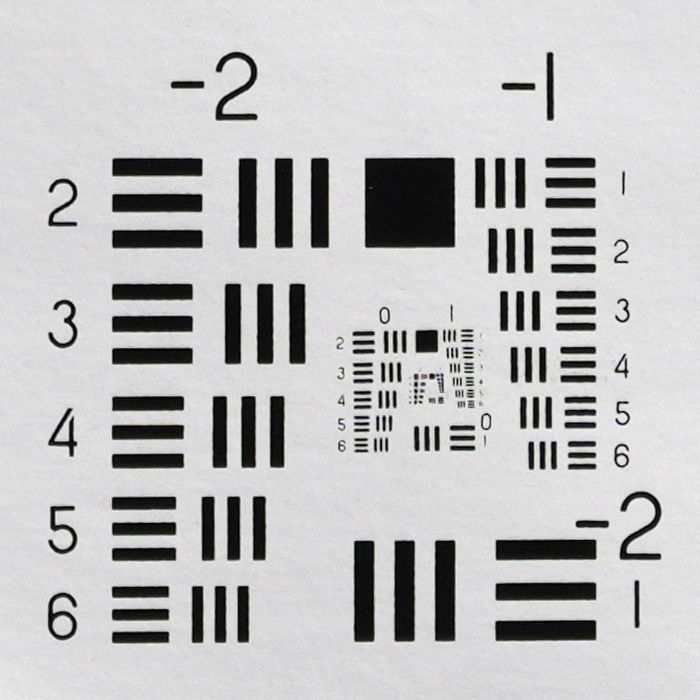
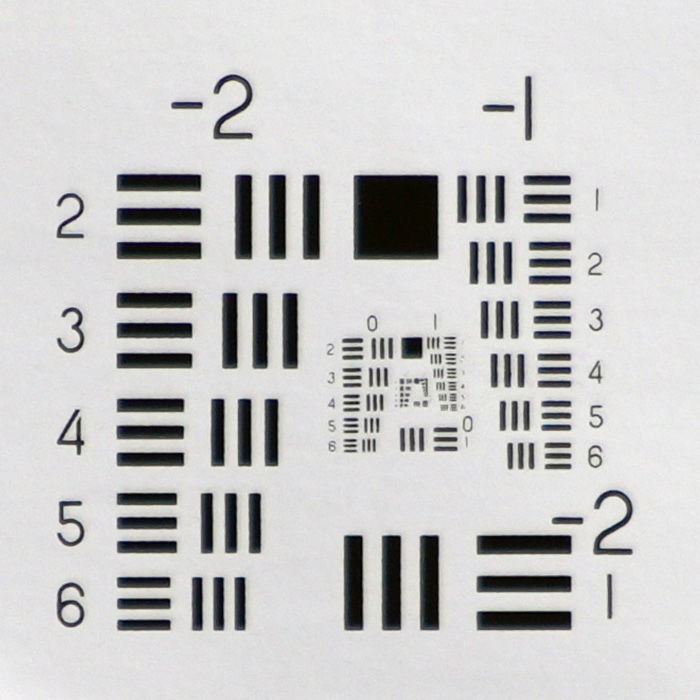



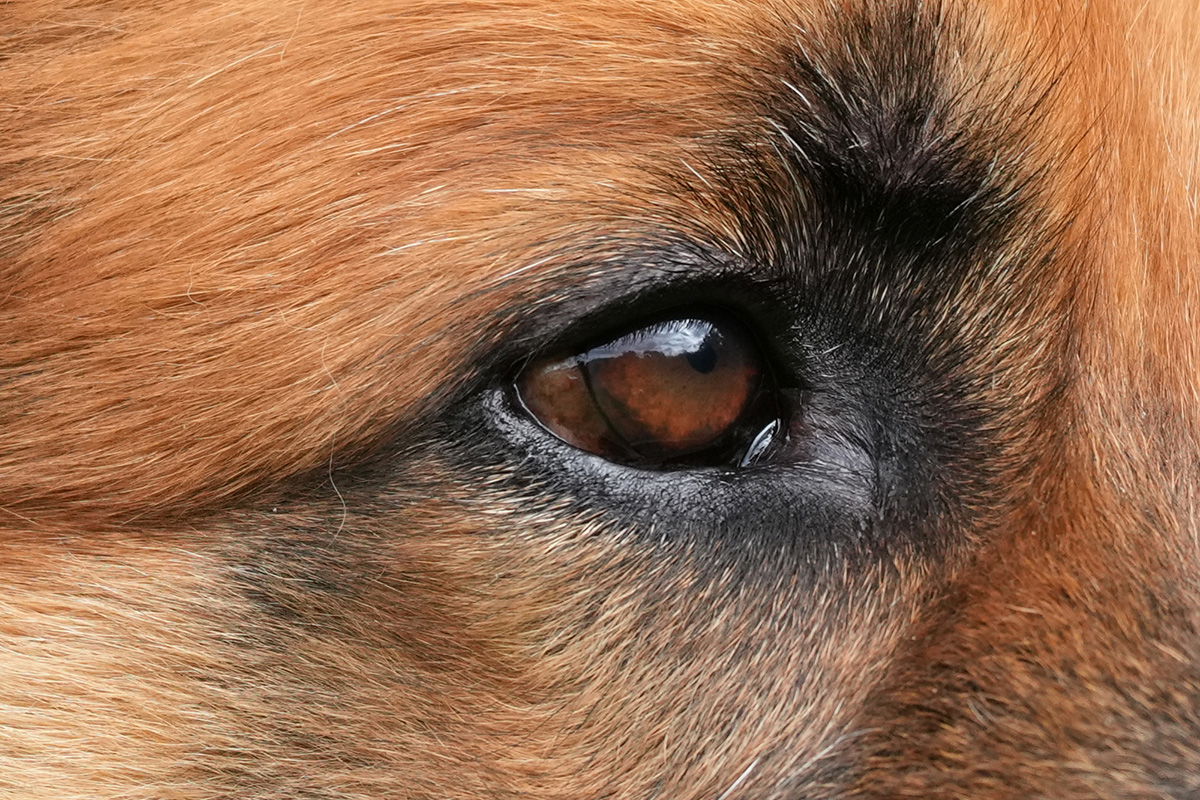




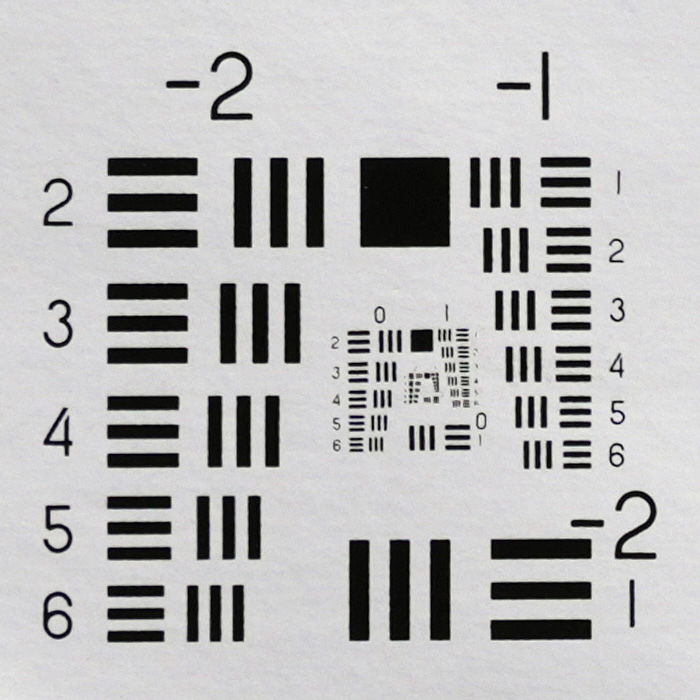
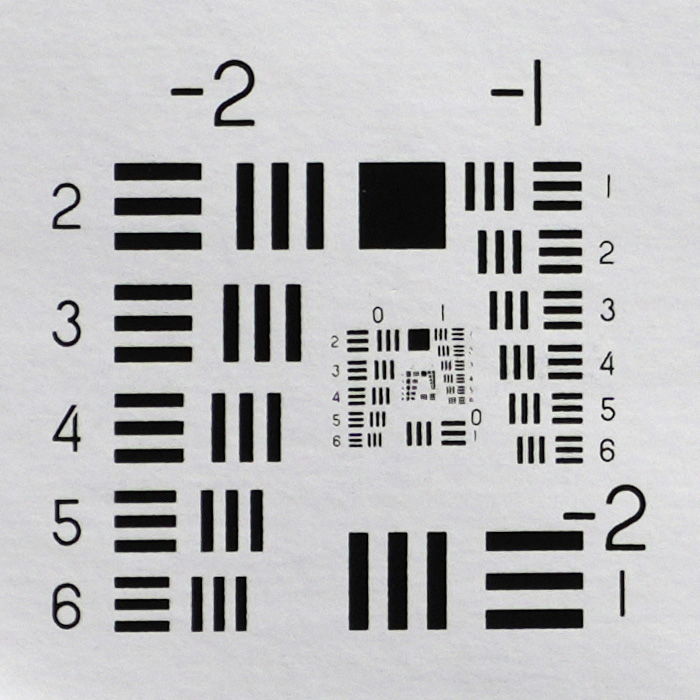


























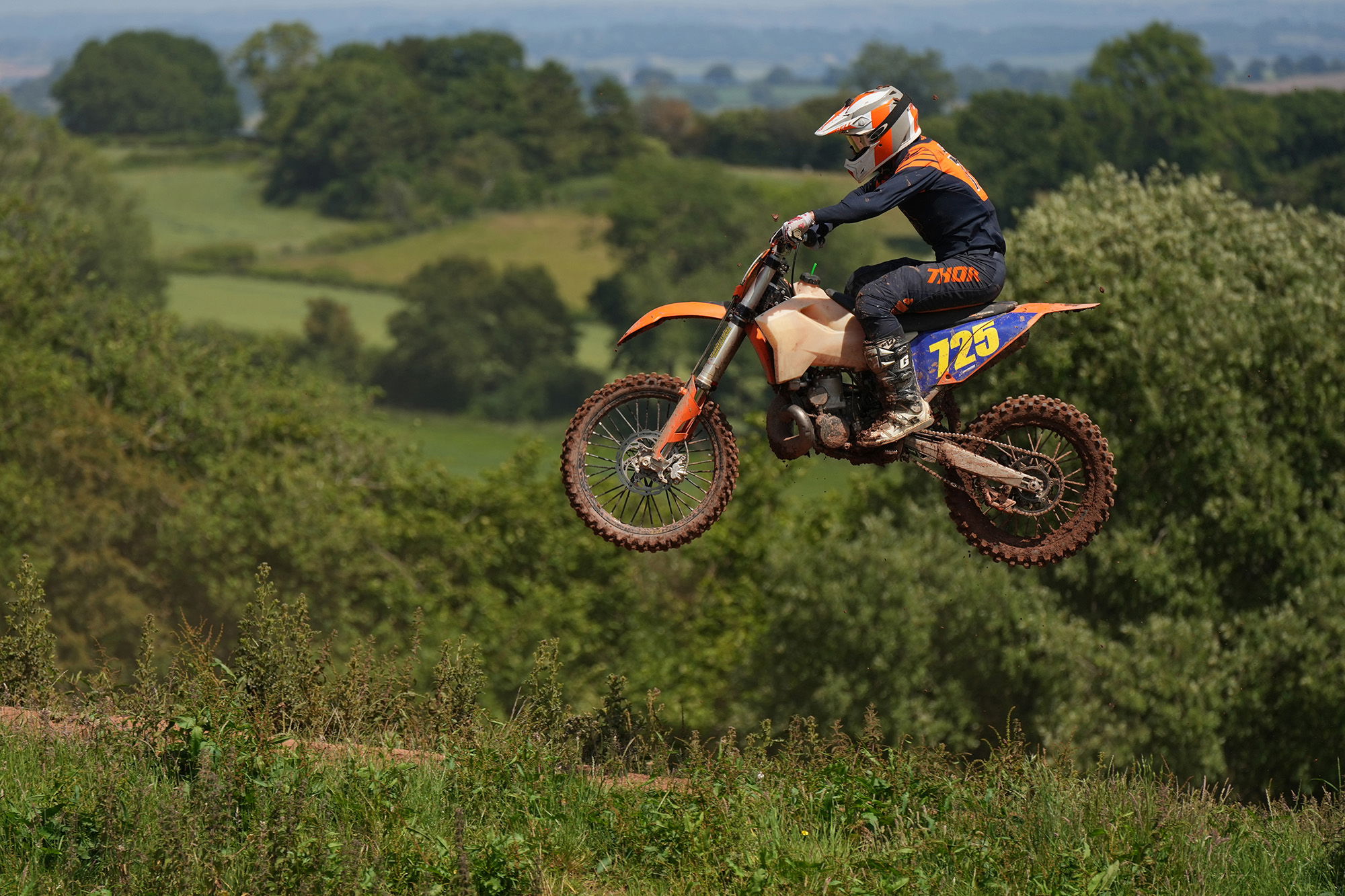


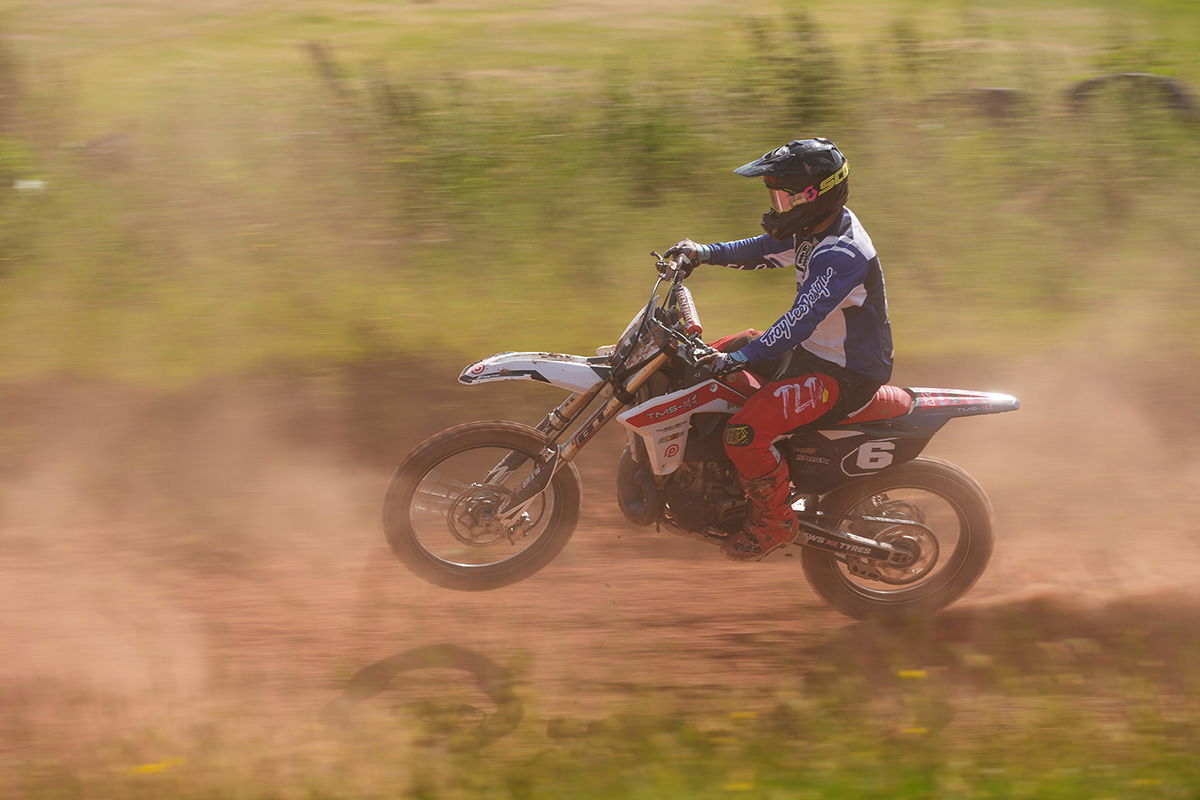

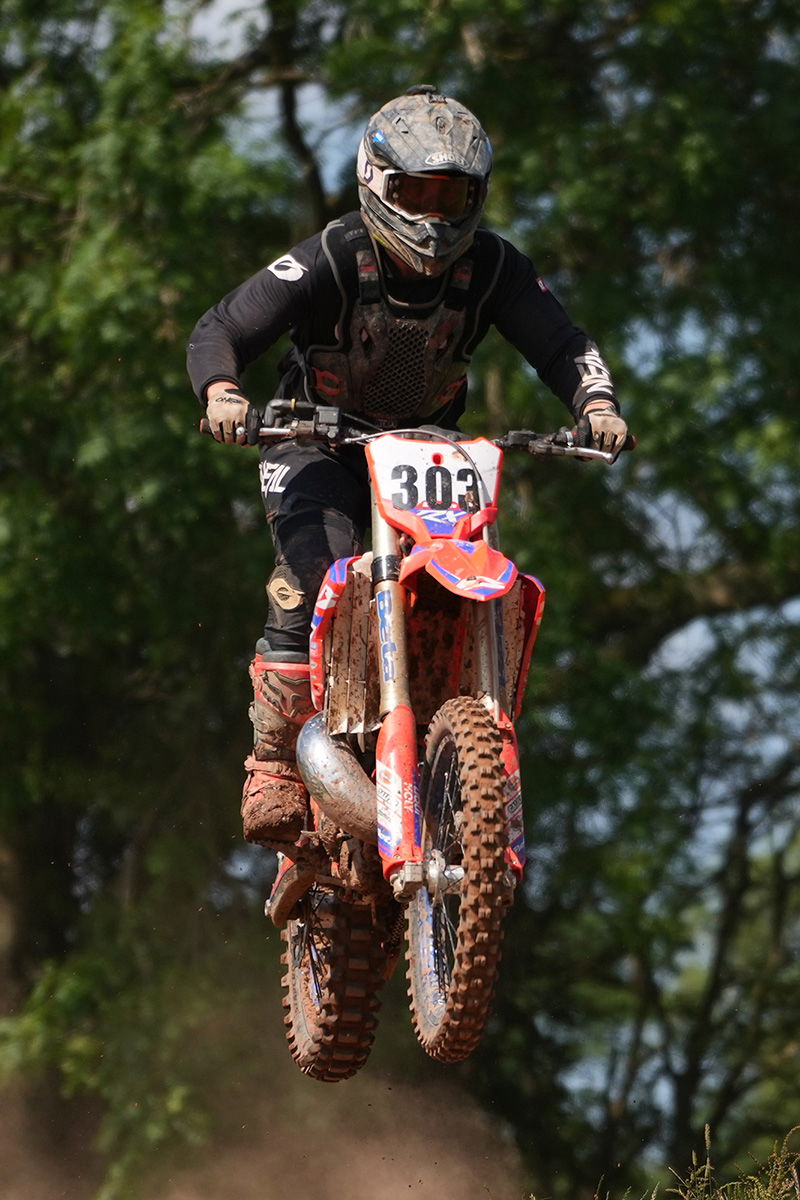


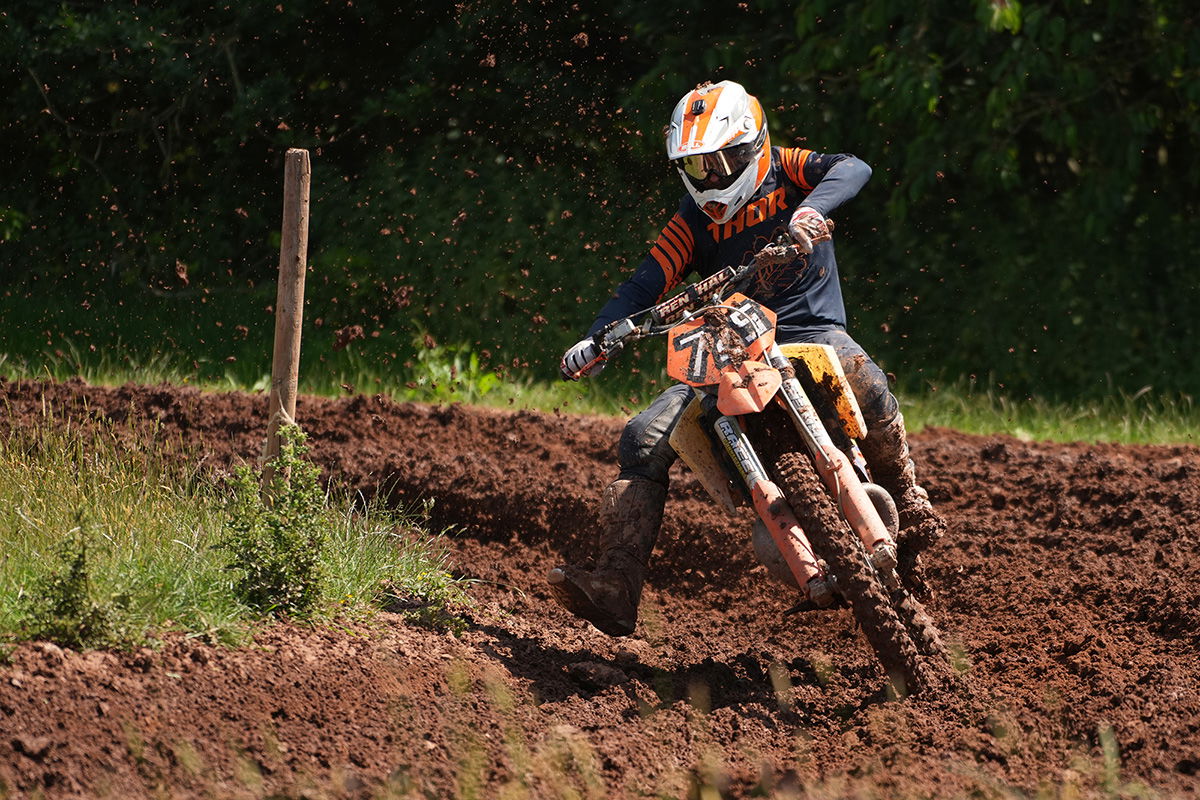

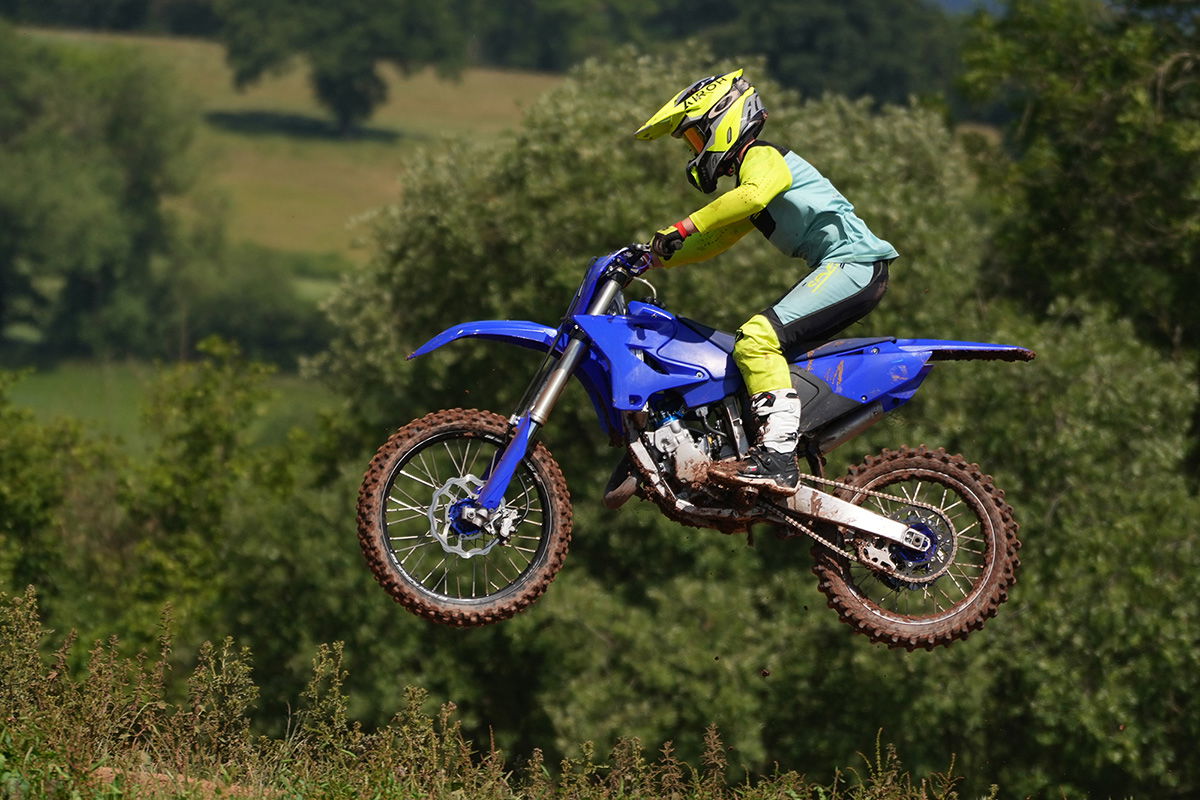



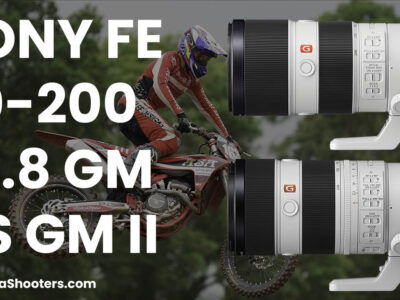
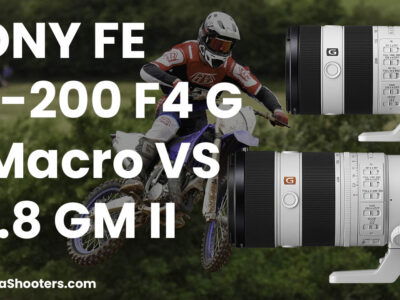
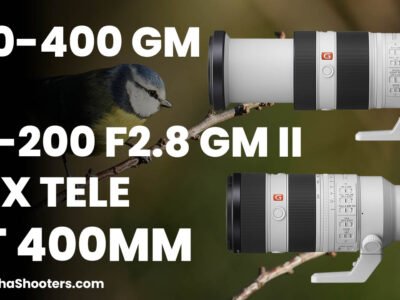

Leave a Reply